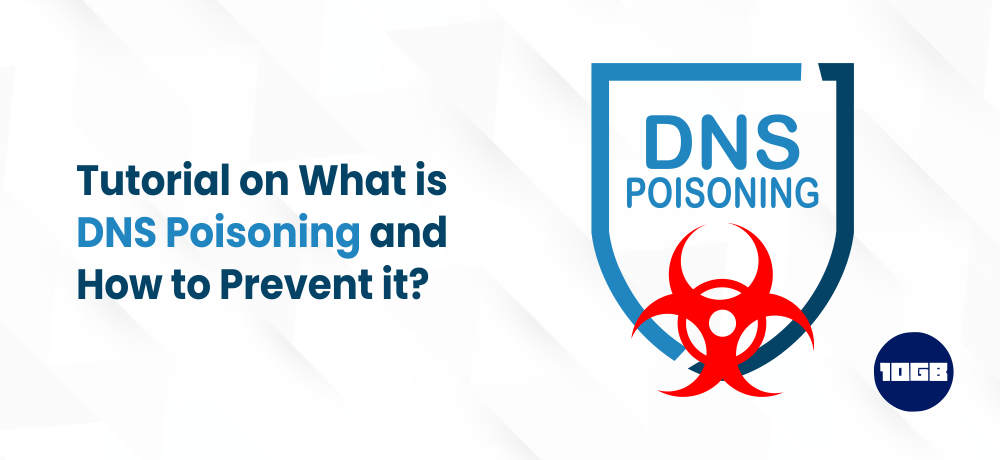DNS poisoning or DNS spoofing is one kind of cyber attack where a hacker exploits the DNS server to redirect the traffic from the legitimate domain to an illegal domain.
This attack is one of the trickiest cyber attacks and requires an eventual response to keep your users and site safe against such attacks.
We have crafted this blog post to help you understand the seriousness and consequences of DNS poisoning. So, let’s get started!
Table of Contents
Quick Look On What is DNS
DNS stands for Domain Name System that translates the human-readable names such as www.abc.com to numerical IP addresses like 192.168.1.0 important for computers to connect.
Whenever a user types the domain name into the web browser, the DNS server translates the requests for the domain name into IP addresses and then routes the visitors to their requested website.
So basically, with DNS servers, people don’t have to remember the IP addresses.
Now, we have got a basic understanding of what DNS is, let’s what DNS poisoning is.
What is DNS Poisoning?
As we said above, DNS poisoning is a fraudulent attack where the hacker tricks the visitor and redirects them into a look-alike website as a part of the attack. While the visitor keeps on surfing the website, the hacker will smartly steal valuable information like account numbers and passwords.
In another case, the hacker simply restricts to load of the spoofed website. Usually, this is done to hamper the reputation of the company.
This DNS spoofing or poisoning is one of the most dangerous and harmful attacks that can even cause fiscal, mental, and resources issues.
This will help you know how DNS spoofing works:
In DNS spoofing, the goal of the threat actor is to redirect a legitimate domain’s traffic to a malicious website.
DNS cache poisoning is an attack similar to DNS spoofing. Here the system will log a fake IP address to your local memory cache. No matter if the issue on the server is resolved or not, you will still be redirected to the fake website. To resolve this, you need to clear the cache of the browser.
Suggested For Further Reading:
Risks of DNS Poisoning and Spoofing
DNS spoofing is harmful and poses several risks that can jeopardize your systems and personal data.
Let’s see some of the common risks of DNS spoofing:
Malware Infection: When redirected to a fake site, your system could be infected with malware.
Data theft: When a popular eCommerce website or banking site is spoofed, the confidential information of its users may be compromised.
Stop receiving security updates: if any internet security provider’s website is spoofed, legitimate security updates won’t be performed.
Removing DNS cache poisoning is challenging: Even if the infected server is cleaned, the mobile and desktop devices visited can still have the problem. Conversely, clean devices visiting the infected website are also an issue.
How to Prevent DNS Poisoning?
There are more ways to prevent DNS poisoning however, below are some of the ways you can do so:
End-users should:
- Make sure you use Virtual Private Network for end-to-end encryption.
- Take simple preventive measures like not clicking any of the links that you aren’t aware of.
- At regular intervals, flush the DNS cache.
Site owners should:
- Use SSL certificates to improve the E2E security for replies and requests.
- Increase the TTL values to flush out malicious entries.
- Use spoofing detections tool like Xarp. The scan received data packets before sending them out. This eliminates any malicious data transfers.
Conclusion
We hope this article helped you understand what DNS poisoning is and how to prevent it?
If you are looking for secure web hosting then you may want to check out our Managed VPS UK plans that offer malware protection, anti-spam & antivirus protection.
